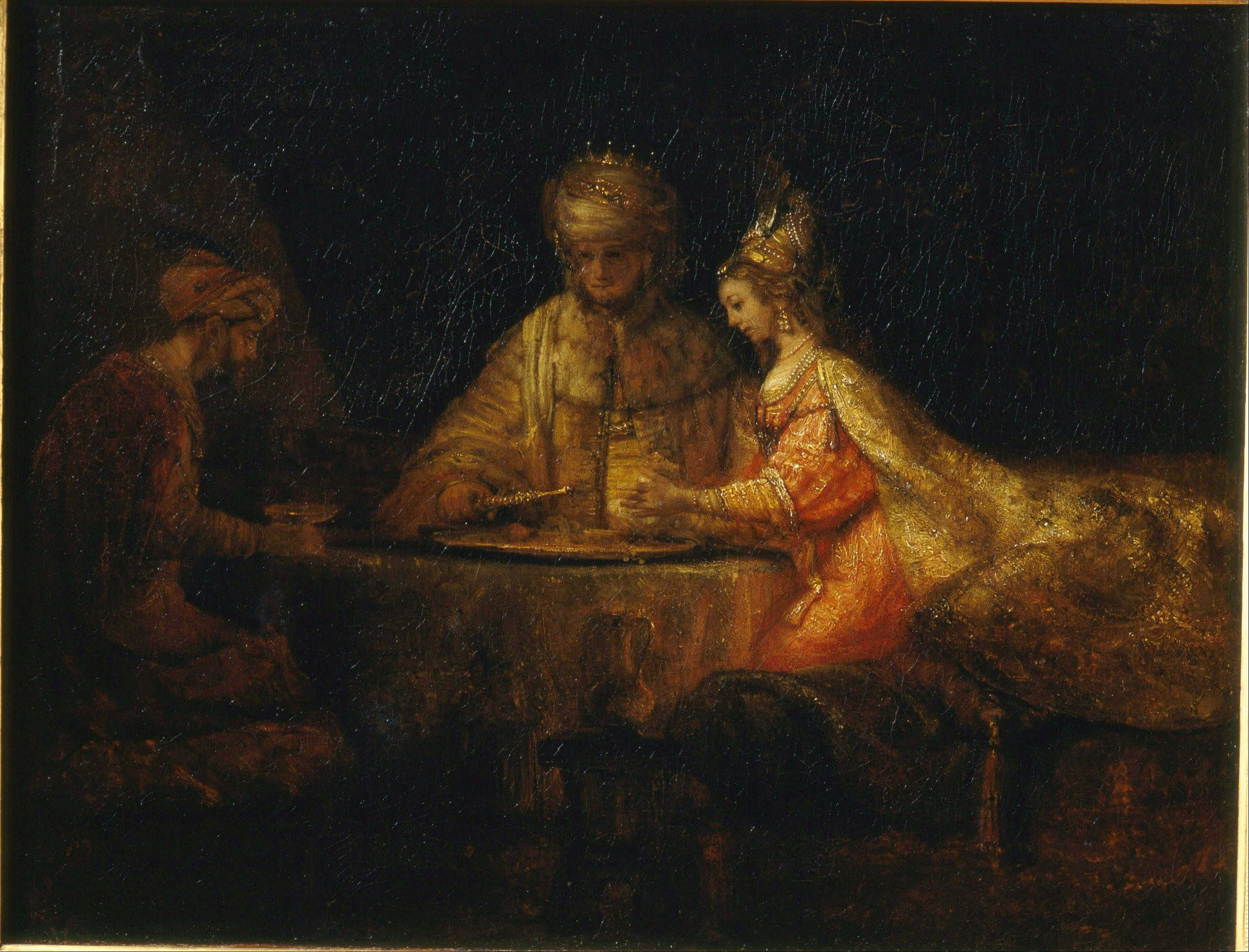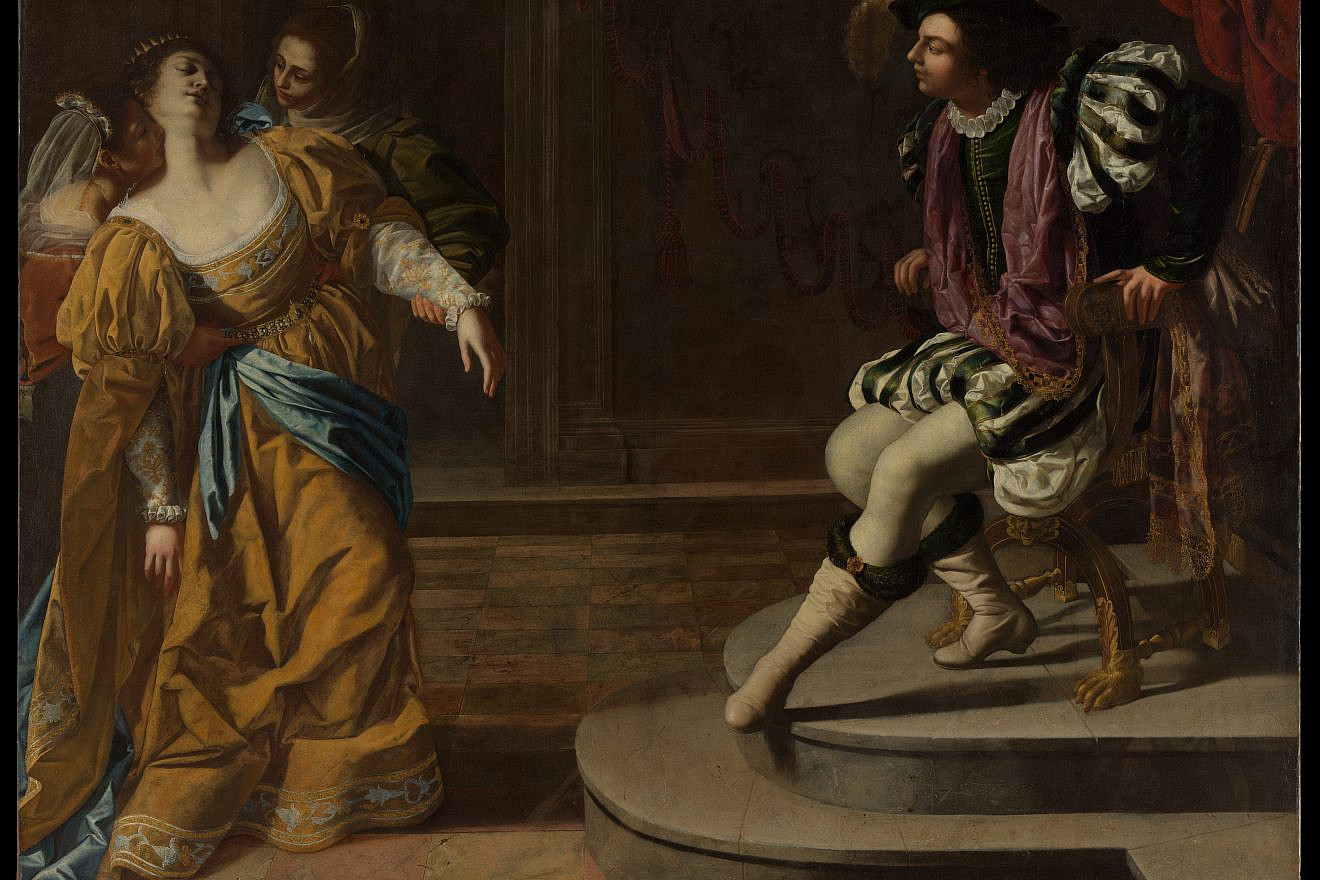The 19th-century English novelist Charlotte Brontë is best known for her 1847 novel Jane Eyre, which is a staple of many U.S. middle and high school curricula. A new journal article addresses a different side of the Victorian writer—her focus throughout her career on the “Book of Esther.”
Brontë had “a prolonged intertextual relationship with the ‘Book of Esther’” throughout her career, reaching a peak in her 1853 novel Villette, Channah Damatov, of the Hebrew University of Jerusalem and Bar-Ilan University, wrote on March 15 in the journal Brontë Studies. (The Jewish holiday of Purim begins after sundown on March 23 and lasts through nightfall on March 24.)
Considering Brontë’s writings in light of both the persecution of women and Jews, Damatov studies the ways that “Brontë uses the biblical story to address sexism and xenophobia with a triply disadvantaged Esther figure in Lucy Snowe.”
“Villette thus offers one of the first proto-feminist, intersectional readings of Vashti and Esther, setting the stage for more emphatic female-authored exegesis to champion Vashti and Esther as paragons of action against oppression,” Damatov writes. “In this sense, Brontë’s approach to the ‘Book of Esther’ as a source text for her unique brand of fictionalized proto-feminism and social criticism is an as yet unrecognized pioneer of such hermeneutics.”
Hermeneutics refers to the study of biblical texts and, more recently, has come to mean more broadly to interpretive philosophy.
The daughter of an Anglican Christian clergyman, Brontë “held the Bible close—and in her vocation as a writer, she held the ‘Book of Esther’ even closer,” according to Damatov, who notes that Branwell Brontë painted a scene depicting Queen Esther when his sister, the writer, was 14. The work was prominently displayed in the parish.
“That she was meditating on the ‘Book of Esther’ throughout her career, there can be no doubt; its figures—from Vashti’s mutinous, dramatic and tragic character to Esther’s demure, strategic and successfully heroic one, and from Ahasuerus’s egoistic self-service to Haman’s vindictive power-hunger—serve Brontë well,” Damatov writes.
Like some other writers of the time, Brontë was part of an early movement of authors who “reclaimed” biblical narratives for women, including Vashti and Esther, according to Damatov.
In Brontë’s most famous novel, she writes the biblical book directly into a dialogue between Jane Eyre and Mr. Rochester, who reference the biblical King Ahasuerus’s repeated offers to Esther of “half of my kingdom.”
“‘Jane Eyre’ demonstrates a stronger take on Queen Esther, as someone who has a refined sense of right and wrong and exercises greater choice based on her conscience, and against her self-interest,” Damatov writes. “Brontë offers an overt window into her reappropriation when Mr. Rochester, eager to secure the novel’s heroine as his wife, presses the wary Jane to make her request and says, ‘Utter it, Jane: but I wish that instead of a mere inquiry into, perhaps, a secret, it was a wish for half my estate.’”
“‘Now, King Ahasuerus! What do I want with half your estate?’” Jane Eyre responds.
“The allusion casts Jane in the role of Queen Esther and Rochester in that of King Ahasuerus, with Jane mirroring Esther’s choice of morality and justice above material gain and self-promotion, or in Jane’s case, love and marriage,” Damatov writes.
“Rochester entices her with a domestic ‘dream’—marrying the wealthy upper-class man she loves—but once she meets his ‘mad’ wife, Bertha, the Vashti figure in their dynamic whom Rochester has banished and imprisoned in the attic for her ‘madness,’” Eyre “resists on principle.”

In both Jane Eyre and Villette, the Vashti figure is intended, to some extent, “to shake the Estheric protagonists, Jane and Lucy, away from maintaining the status quo in their longings for domestic bliss and towards an understanding of male control over women, sparking renegade choices of conscience,” Damatov writes. (In the biblical story of Esther, Vashti only figures in at the beginning and gets no speaking lines.)
In her article, Damatov writes that she departs from most scholarship in her suggestion that Brontë uses the biblical book central to the Purim holiday “as a tableau upon which to build a modern iconoclast Esther in Lucy, one who resists the sexism and xenophobia she faces and asserts herself as a woman and as a foreigner.”
Damatov concludes that Brontë is one of the first writers to interpret the story of Esther “with an eye for its treatment of women and the national—religious minority, the ‘other,’ in tandem.”
Brontë’s and her characters’ words, and perhaps Esther’s, too, “will live on to give her readers the courage to defy gender expectations,” she adds, “and pursue a daring outer life that reflects their own inner will.”


























